Oklo Inc.’s Aurora powerhouse at Idaho National Laboratory will generate 75MWe of clean power using sodium-cooled fast-reactor technology and create 370 jobs.


In a collaboration showing the power of innovation and teamwork, physicists and engineers at the Department of Energy’s Oak Ridge National Laboratory developed a mobile muon detector that promises to enhance monitoring for spent nuclear fuel and help address a critical challenge for quantum computing.
Similar to neutrons, scientists use muons, fundamental subatomic particles that travel at nearly the speed of light, to allow scientists to peer deep inside matter at the atomic scale without damaging samples. However, unlike neutrons, which decay in about 10 minutes, muons decay within a couple of microseconds, posing challenges for using them to better understand the world around us.
The new detector achieves an important step toward ensuring the safety and accountability of nuclear materials and supports the development of advanced nuclear reactors that will help address the challenges of waste management. It also acts as a key step toward developing algorithms and methods to manage errors caused by cosmic radiation in qubits, the basic units of information in quantum computing. The development of the muon detector at ORNL reflects the lab’s strengths in discovery science enabled by multidisciplinary teams and powerful research tools to address national priorities.
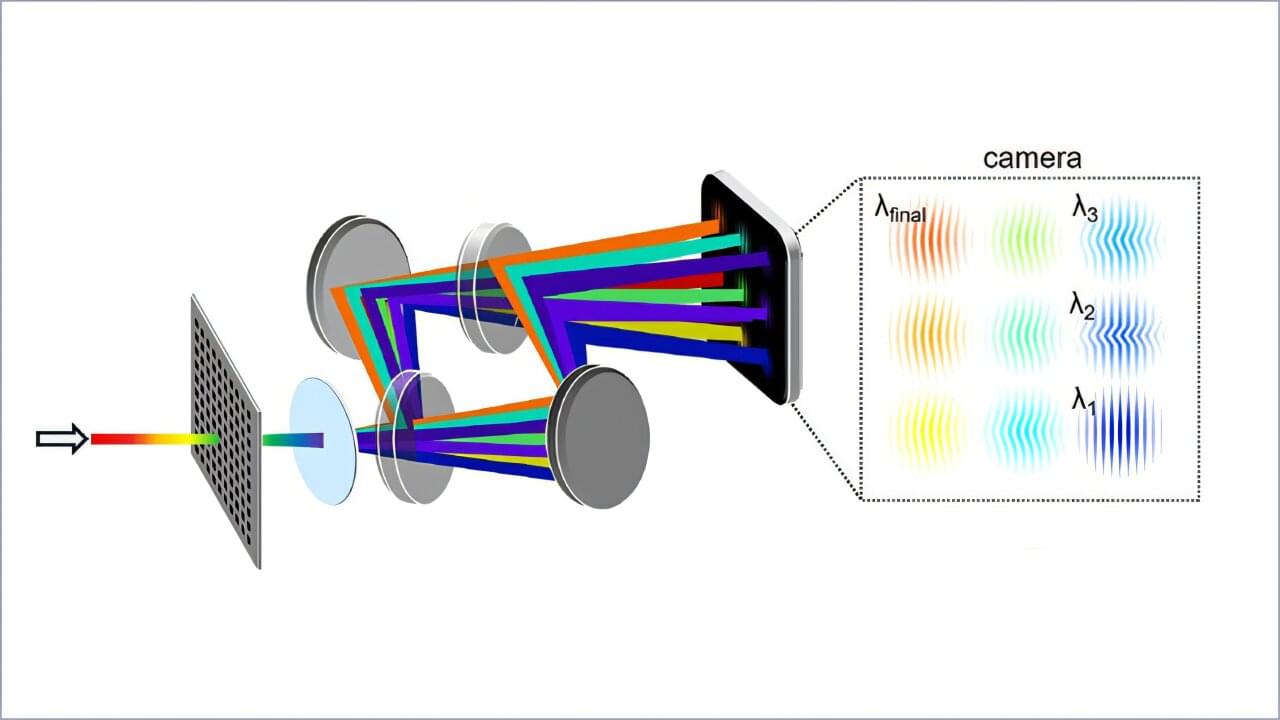
Plasma, ionized gas and the fourth state of matter, makes up over 99% of the ordinary matter in the universe. Understanding its properties is critical for developing fusion energy sources, modeling astrophysical objects like stars and improving manufacturing techniques for semiconductors in modern cell phones.
But watching and determining what happens inside high-density plasmas is difficult. Events can unfold in trillionths of a second and behave in complex, unpredictable ways.
In a study published in Optica, researchers at Lawrence Livermore National Laboratory (LLNL) developed a new diagnostic that captures plasma evolution in time and space with a single laser shot. This breakthrough creates plasma movies with 100 billion frames per second, illuminating ultrafast dynamics that were previously impossible to observe.
Shocked quartz grains are an accepted indicator of crater-forming cosmic impact events, which also typically produce amorphous silica along the fractures. Furthermore, previous research has shown that shocked quartz can form when nuclear detonations, asteroids, and comets produce near-surface or “touch-down” airbursts. When cosmic airbursts detonate with enough energy and at sufficiently low altitude, the resultant relatively small, high-velocity fragments may strike Earth’s surface with high enough pressures to generate thermal and mechanical shock that can fracture quartz grains and introduce molten silica into the fractures. Here, we report the discovery of shocked quartz grains in a layer dating to the Younger Dryas (YD) onset (12.8 ka) in three classic archaeological sequences in the Southwestern United States: Murray Springs, Arizona; Blackwater Draw, New Mexico; and Arlington Canyon, California. These sites were foundational in demonstrating that the extinction or observed population bottlenecks of many megafaunal species and the coeval collapse/reorganization of the Clovis technocomplex in North America co-occurred at or near the YD onset. Using a comprehensive suite of 10 analytical techniques, including electron microscopy (TEM, SEM, CL, and EBSD), we have identified grains with glass-filled fractures similar to shocked grains associated with nuclear explosions and 27 accepted impact craters of different ages (e.g., Meteor Crater, 50 ka; Chesapeake Bay, 35 Ma; Chicxulub, 66 Ma; Manicouagan, 214 Ma) and produced in 11 laboratory shock experiments. In addition, we used hydrocode modeling to explore the temperatures, pressures, and shockwave velocities associated with the airburst of a 100-m fragment of a comet and conclude that they are sufficient to produce shocked quartz. These shocked grains co-occur with previously reported peak concentrations in platinum, meltglass, soot, and nanodiamonds, along with microspherules, similar to those found in ~28 microspherule layers that are accepted as evidence for cosmic impact events, even in the absence of a known crater. The discovery of apparently thermally-altered shocked quartz grains at these three key archaeological sites supports a cosmic impact as a major contributing factor in the megafaunal extinctions and the collapse of the Clovis technocomplex at the YD onset.
Citation: Kennett JP, LeCompte MA, Moore CR, Kletetschka G, Johnson JR, Wolbach WS, et al. (2025)PLoS One 20: e0319840. https://doi.org/10.1371/journal.pone.
Editor: Talaat Abdel Hamid, National Research Centre, EGYPT

Imagine a battery that you never have to recharge, we are not talking about a power bank or a battery that does not need to be charged for days, but something capable of producing electricity for the next 5,700 years… We know it is an exaggeration (and that we are not going to be able to check if it is true), but they are creating a diamond battery with carbon-14 that could be the solution for all those coworkers who arrive at the office with 30% battery on their phones.
The project comes from researchers at the University of Bristol together with the California startup NDB Inc. The idea seems very simple as a concept (and a dream for a few), although it is something huge if we stop to think, taking advantage of nuclear waste, encapsulating it in synthetic diamond (generated in a laboratory) and turning it into a safe, stable and practically eternal source of energy.
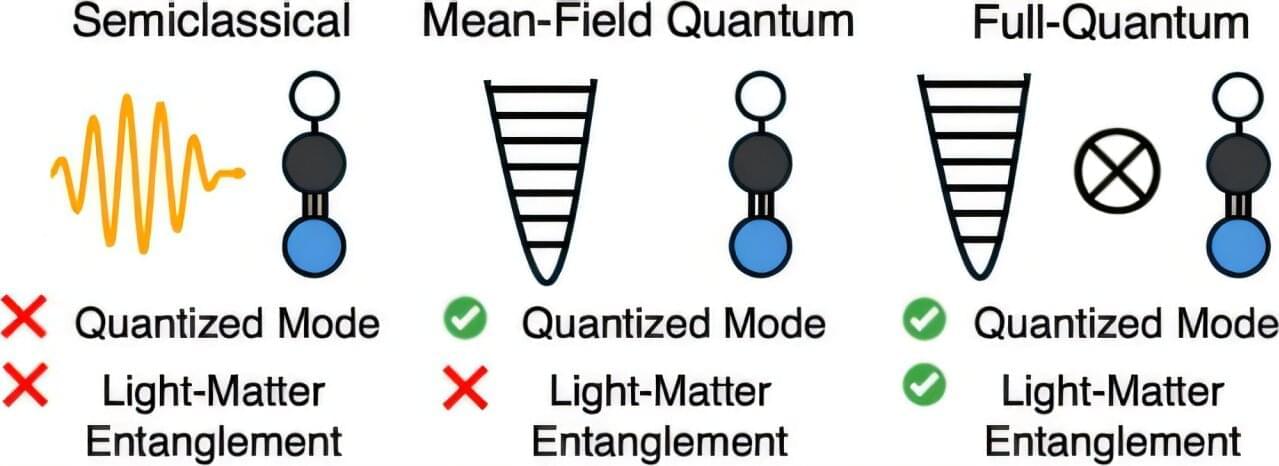
This is what fun looks like for a particular set of theoretical chemists driven to solve extremely difficult problems: Deciding whether the electromagnetic fields in molecular polaritons should be treated classically or quantum mechanically.
Graduate student Millan Welman of the Hammes-Schiffer Group is first author on a new paper that presents a hierarchy of first principles simulations of the dynamics of molecular polaritons. The research is published in the Journal of Chemical Theory and Computation.
Originally 67 pages long, the paper is dense with von Neumann equations and power spectra. It explores dynamics on both electronic and vibrational energy scales. It makes use of time-dependent density functional theory (DFT) in both its conventional and nuclear-electronic orbital (NEO) forms. It spans semiclassical, mean-field-quantum, and full-quantum approaches to simulate polariton dynamics.
Questions to inspire discussion.
Energy for AI and Infrastructure.
🤖 Q: How does AI development impact energy demands? A: AI development will drive massive demand for electricity, with solar and batteries being the only energy source with an unbounded upper limit to scale and meet these demands.
⛽ Q: Can solar energy support existing infrastructure? A: Solar energy can produce synthetic biofuels and oil and gas through chemical processes, enabling it to power existing infrastructure that runs on traditional fuels.
Expert Predictions.
🚗 Q: What does Elon Musk predict about future energy sources? A: Elon Musk predicts that solar and batteries will dominate the future energy landscape, citing China’s massive investment as a key factor in this prediction.
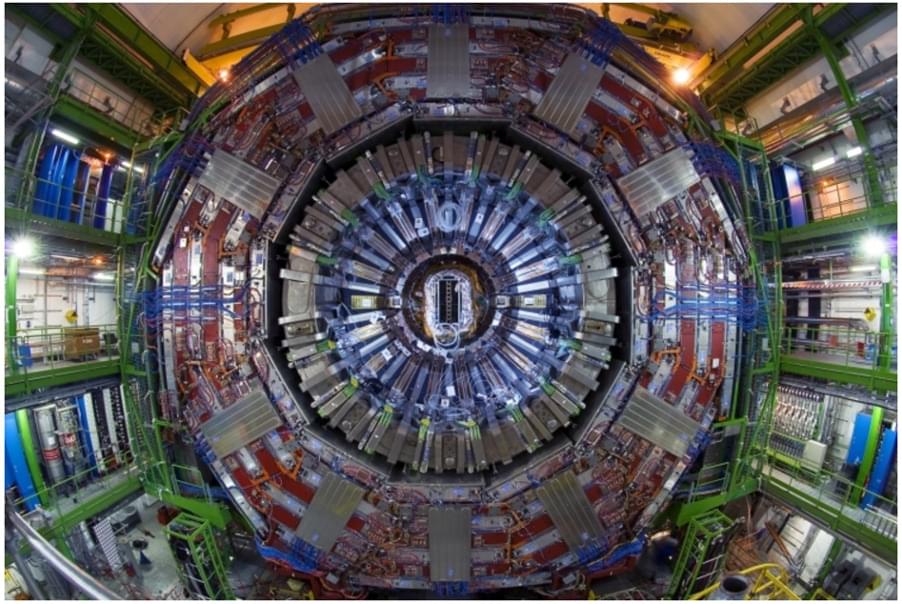
CMS scientists study the first-ever oxygen-oxygen collisions at the LHC, and observe signs of quarks and gluons losing energy when they travel through quark-gluon plasma – a state that existed just after the Big Bang.
When heavy ions such as lead (Pb) collide at nearly the speed of light inside the Large Hadron Collider (LHC), extreme conditions are created that can “melt” ordinary nuclear matter into a new state called the quark-gluon plasma (QGP). This hot and dense medium is believed to resemble the universe just microseconds after the Big Bang, when quarks and gluons – the fundamental building blocks of protons and neutrons – moved freely.
Physicists study the QGP medium by looking at how fast-moving quarks and gluons – collectively called partons – behave as they pass through it. Fast moving partons form sprays of particles, which can be seen as “jets” in particle detectors. In collisions of very small systems, such as proton-proton collisions, the observed jets are seen to retain the full energy or the original partons. In contrast, in heavy-ion collisions, the presence of the QGP medium leads to a significant loss of energy.
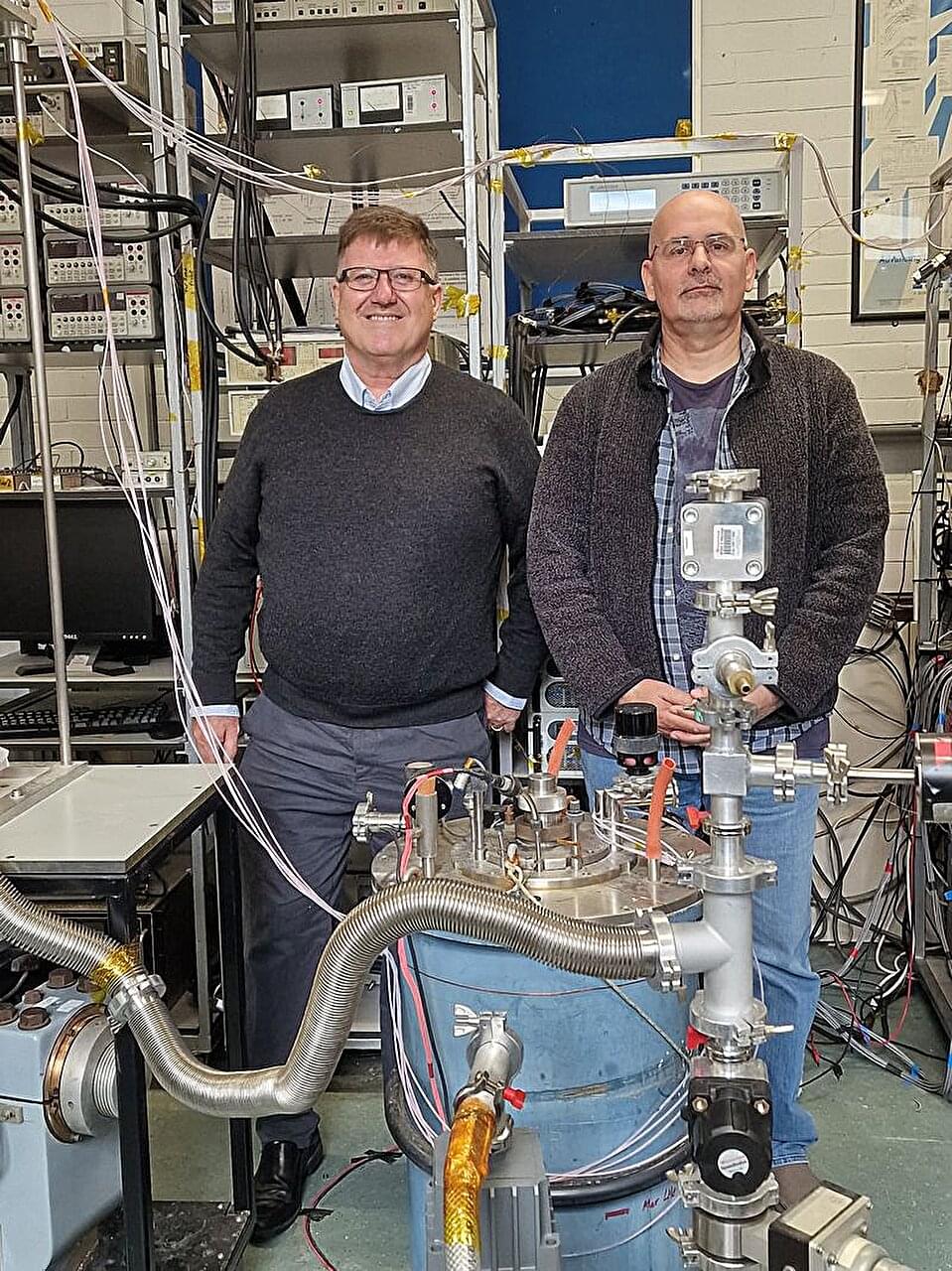
Durham University scientists have completed one of the largest quality verification programs ever carried out on superconducting materials, helping to ensure the success of the world’s biggest fusion energy experiment ITER.
Their findings, published in Superconductor Science and Technology, shed light not only on the quality of the wires themselves but also on how to best test them, providing crucial knowledge for scientists to make fusion energy a reality.
Fusion (the process that powers the sun) has long been described as the holy grail of clean energy. It offers the promise of a virtually limitless power source with no carbon emissions and minimal radioactive waste.
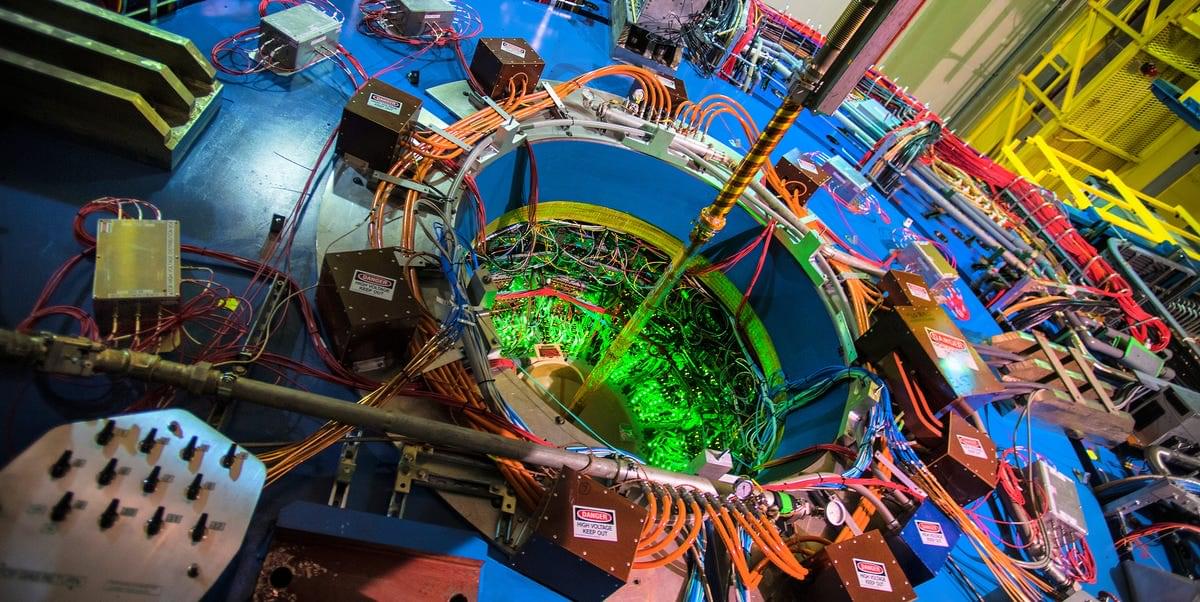
Today, the absolute heart of particle physics is located in Geneva, Switzerland at CERN’s Large Hadron Collider. This instrument’s unmatched size, power, and precision make it the ultimate tool for exploring high-energy particle physics. However, one tool can’t do everything, and even immensely useful ones like the LHC sometimes need a helping hand.
That’s where Brookhaven National Laboratory’s (BNL) Relativistic Heavy Ion Collider (RHIC) comes in. In 2015, the U.S. Department of Energy approved an upgrade to the Pioneering High Energy Nuclear Interaction eXperiment (PHENIX)—an instrument originally designed to explore the components of the quark-gluon plasma (QGP) that formed one millionth of a second after the Big Bang. According to Edward O’Brien (a physicist from BNL), the idea behind this super PHENIX, or sPHENIX, was to “provide physics results which focused on jets and heavy flavor [of quarks] that complemented and overlapped with the Heavy Ion physics results being generated by the experiments at the CERN Large Hadron Collider.”